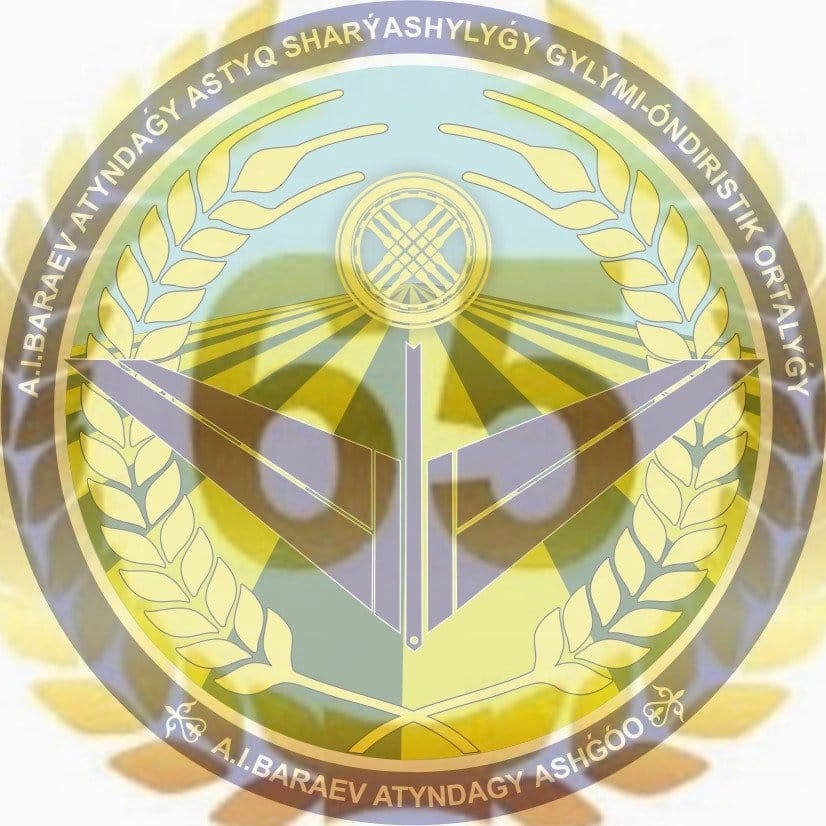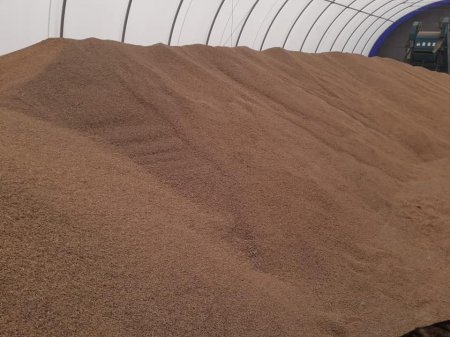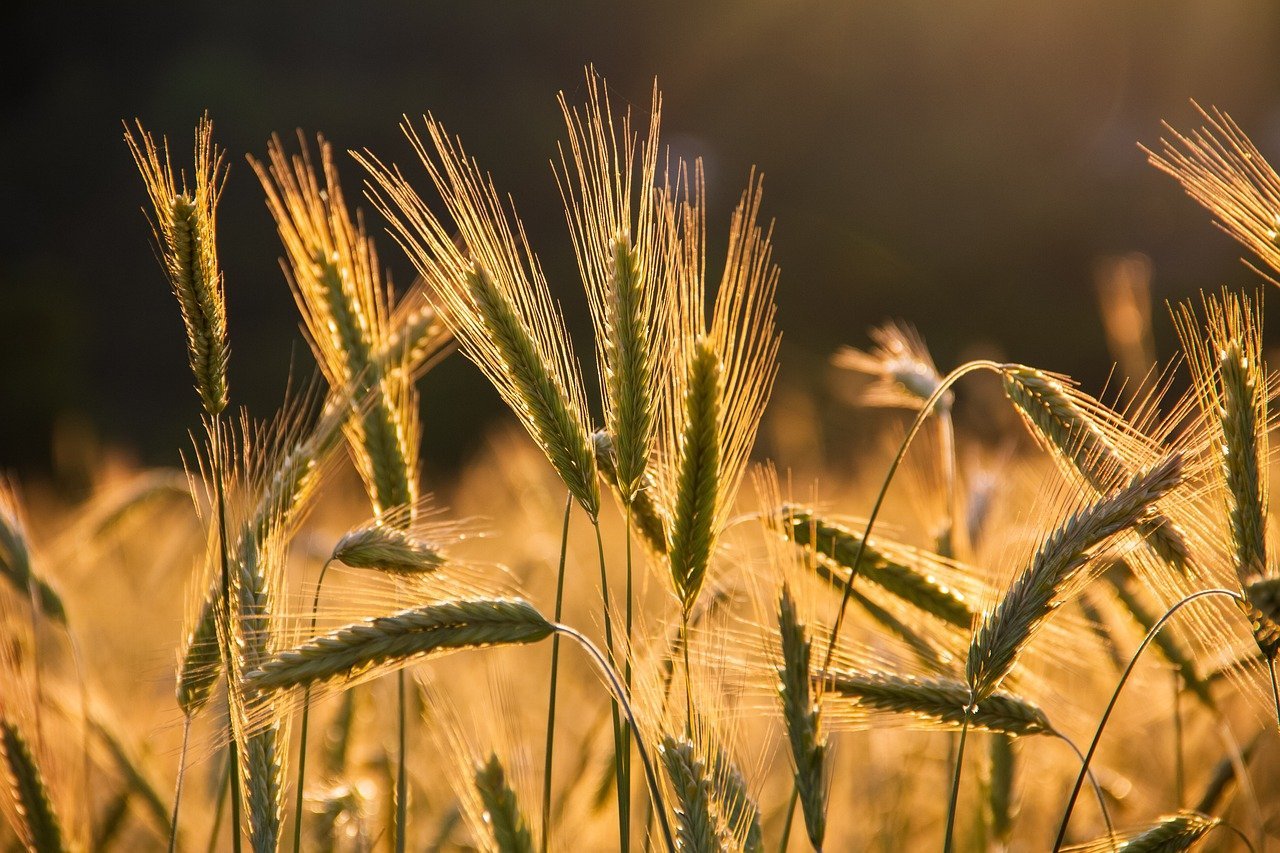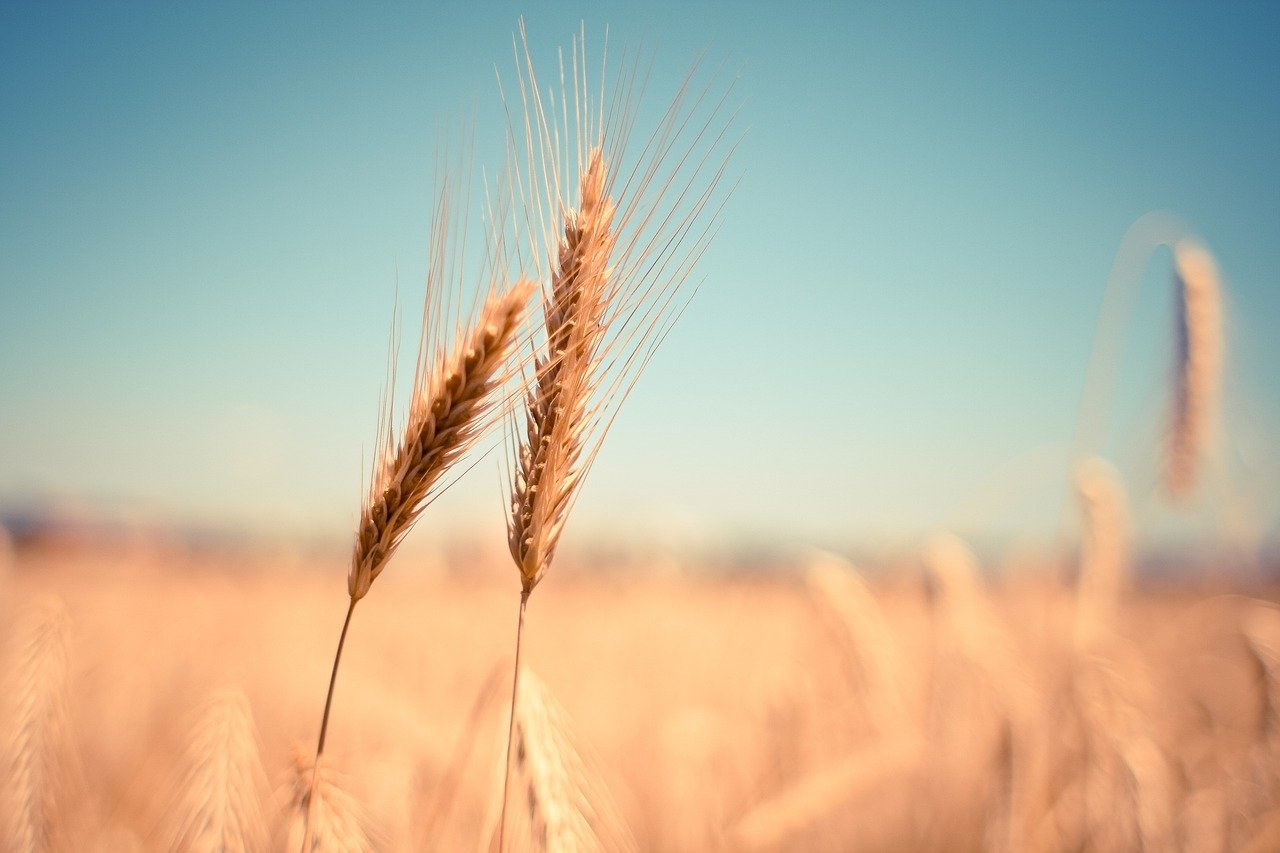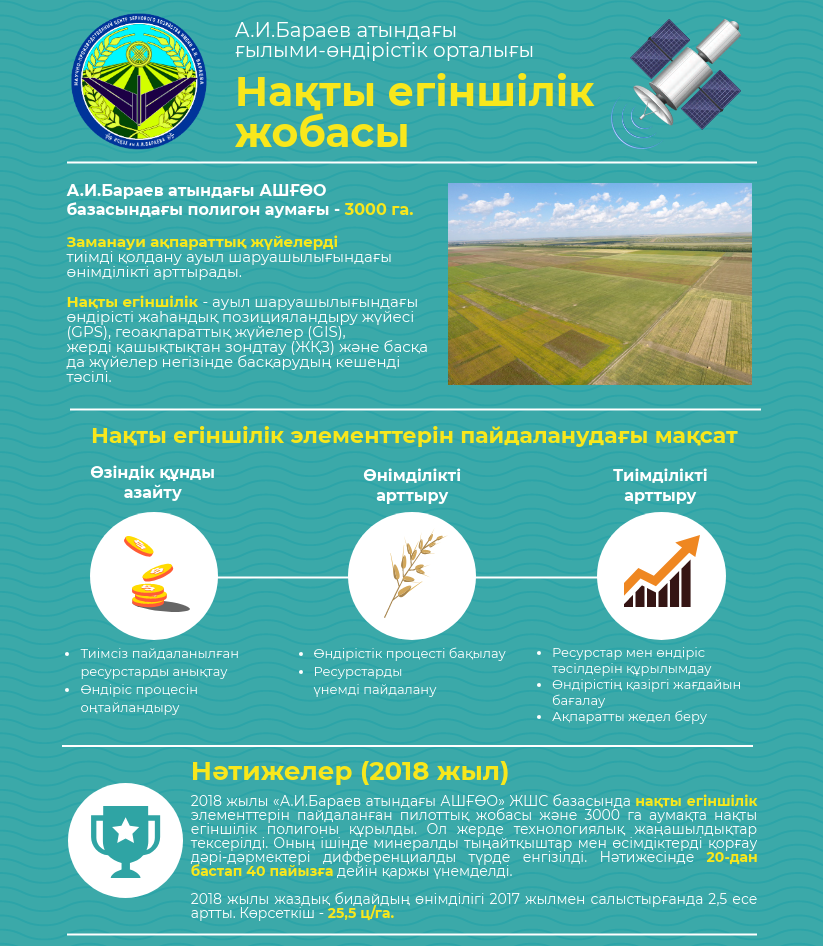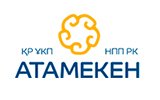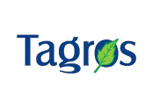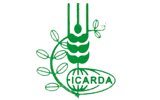Breeding work at the SPC GF named after A.I.Barayev for the creation of new varieties of hulless barley
Главная / News / Main news

Barley is one of the leading agricultural crops, which is spread across all continents of the globe. The sown area of barley in the world is about 60 million hectares. It occupies a leading position in terms of production volume, it holds the fourth place in the world. The main part of the harvest goes exclusively to feed farm animals.
Barley is the leading grain crop of Kazakhstan, which takes the second place of sown areas after spring wheat. In recent years, there has been a tendency to increase the acreage under barley. The most active growth (2.9 million hectares) was recorded in 2019. Such a significant increase in the area is due to the implementation of the state program for the development of meat animal husbandry in the republic. The main sown areas of barley are concentrated in the northern regions of the Republic of Kazakhstan: Akmola, North Kazakhstan and Kostanay.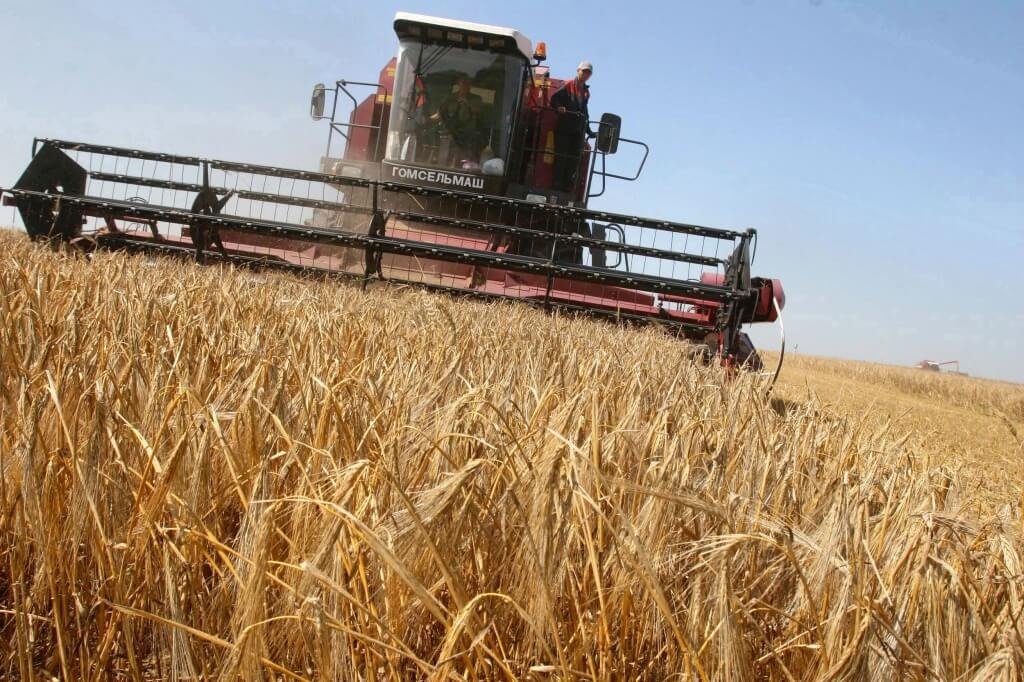
Barley is a culture of all–round use. Barley grain is considered a valuable fodder, food and technical crop. It is used for fodder purposes (for fattening cattle, pigs and birds), serves for the production of cereals (pearl barley), flour, coffee drinks, beer. Water extracts from barley malt are used in medicine, textile and leather industry.
In modern conditions, agricultural producers impose high requirements to the new varieties, since the variety is the basis of agricultural production. Along with high yield and stability over the years, a variety of national economic use, new varieties should have a high level of adaptability to environmental stress factors. It is impossible to combine everything in one variety, therefore, the breeding of barley in “SPC GF named after A.I.Barayev” LLP is carried out in several directions – this is the creation of cereal, fodder and fodder varieties.
At present, original varieties of barley with increased grain productivity have been obtained. The vast majority of varieties, which belong to the group of filmy varieties that do not differ in sufficient protein, amino acids and other nutrients.
In this regard, huskless barley varieties, whose strong point is the quality of their grain, make up serious competition for glumiferous varieties. In comparison with glumiferous analogues, huskless barley is characterized by an increased content of protein, amino acids, biogenic macro - and microelements, and other substances. Due to the decrease in fiber content, the feed value of huskless grain is significantly higher compared to glumiferous grain. The digestibility of nutrients and the growth energy of animals depend on the amount of fiber in the diet. The grain of the huskless varieties is free from flower scales, and this circumstance determines the low level of fiber content, which is of no small importance in the organization of feeding of young animals. Huskless barley is used in feeding animals, especially monogastric and poultry.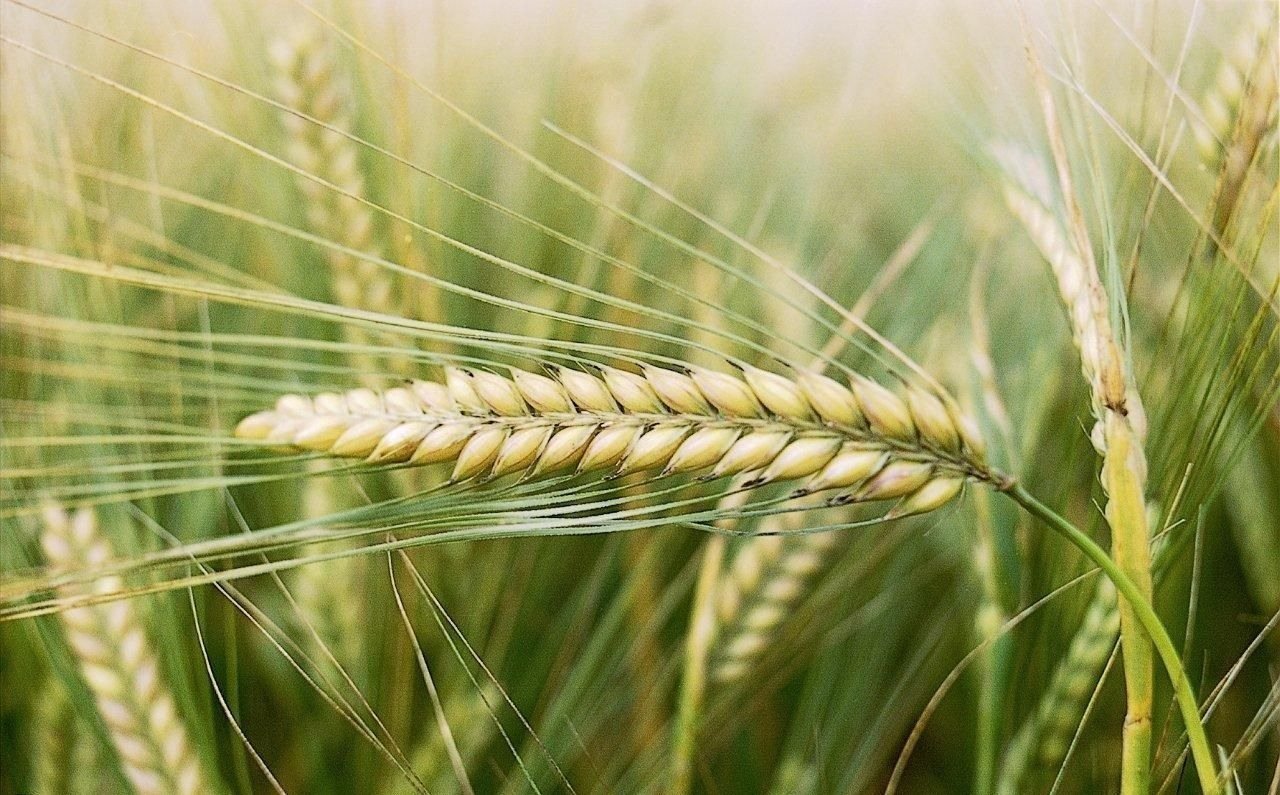
Naked barley is a promising crop for food production. Cereals and flakes from the bare grain of barley have the best taste and consumer properties.One of the advantages of food production is the reduction of specific energy costs.
Interest in huskless barley is due to the possibility of creating varieties for functional and dietary nutrition. The problem of increasing the protein content in grain and its quality is of paramount practical importance in nutrition. Huskless barley contains less fiber and more energy. Human energy is spent on maintaining body temperature, performing all physiological functions and biochemical processes, performing mechanical work by muscles, as well as digesting and assimilating food. A person needs to maintain a balance between the energy he consumes and the energy his body expends. This is the first law of healthy eating.
There are a large number of huskless forms among the cultivated barley species in the world collection. To increase the efficiency of breeding work, the study of a variety of source material is of great importance. The combination of a complex of economically valuable traits in one variety is the goal of modern breeding. The problem of selecting the starting material for the creation of new varieties remains important due to the increasing complexity of tasks both in terms of increasing productivity and in terms of plant resistance to diseases and product quality.
The success of breeding primarily depends on the correct selection of parent components for crossing and further selection of varieties that combine economically useful signs and properties. It is possible to effectively conduct breeding if the basis is local source material. When selecting parental pairs for crossing, we pay special attention to varieties that have more positive and fewer negative traits, and provided that each of the parents carries more useful genes responsible for one or another trait that is negative for the other parent. Plants with positive signs of both parents will appear in the second generation with a fairly high frequency. Therefore, the success of breeding will be fast and relatively reliable.
Huskless barley is a valuable source for grain quality breeding. In comparison with the glumiferous varieties, they differ in a higher content of protein (15-20%), essential amino acids, fats, vitamins. The protein content in the grain depends on the variety, but it can vary greatly over the years depending on meteorological conditions during the growing season of plants. Successful breeding involves the selection of a source material with high productivity, which, when crossed, is combined with sources having other valuable parameters. In acutely arid conditions, the protein content of barley varieties increases markedly, and under favorable conditions for the formation and filling of grain, its content decreases for all varieties. The varieties of spring barley being created must meet the requirements of farmers. Different directions of use of barley grain determine different (sometimes opposite) requirements for grain quality. The high protein content in the grain, which is so necessary when using barley for food and feed purposes, is completely undesirable in cases where there is a need for barley for brewing. Cultivation of barley varieties forming a large and well-executed grain increases the profitability of cultivation of the crop.
For the arid conditions of Northern Kazakhstan, to which the Akmola region belongs, it is important to create varieties of spring barley characterized by stability not only of yield, but also of grain quality.
The State Register of Breeding achievements of the Republic of Kazakhstan includes varieties of huskless barley: Omsk huskless 1 (2016) and Tselinnyhuskless (2017). In modern conditions, huskless forms are becoming important and have a breeding perspective.
At the final stage, promising lines of huskless barley are being tested, one of which will be submitted for State testing. Breeding work on the creation of new varieties of huskless barley in our center continues.
Slepkova N.N.
Senior researcher of
SPC GF named after A.I. Barayev






